-
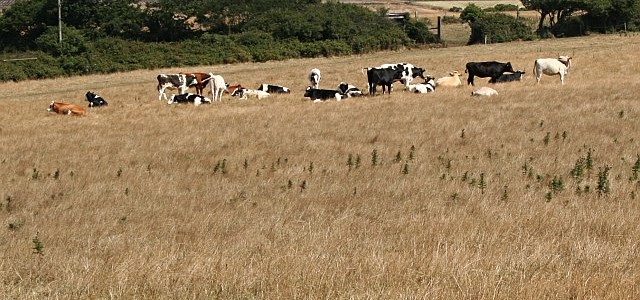
AgWeb ran a short article last week describing the drought across the United States, which has expanded in recent weeks, including an expansion in the Southeast. Fortunately for us, the rain this weekend helped put a dent in dry conditions and that may result in some decrease of drought in our region on the next…
-

Right now we are in the middle of the second winter of a “double-dip” La Niña. That means that for two winters in a row we have been in La Niña, with neutral conditions in between but no El Niño. This is not that unusual, and we have had several since the 1950s when modern…
-
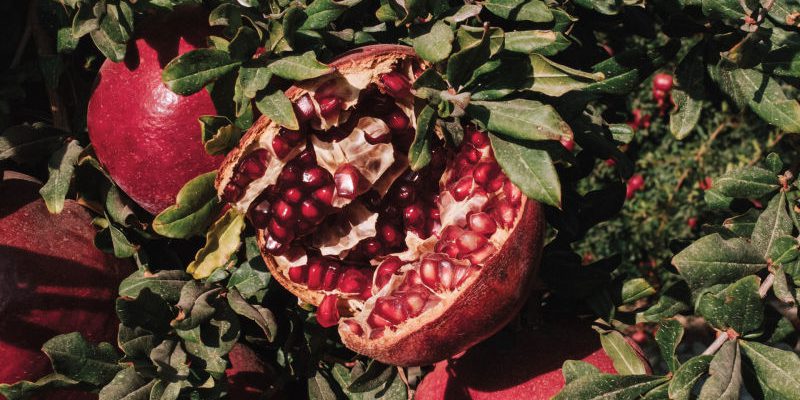
Here’s a very long but interesting story about Stewart Resnick, the biggest farmer in the US and the man behind Cuties and Halo citrus, Pom Wonderful pomegranates, and the biggest producer of pistachios in the country. He owns 281 square miles of California plus a number of international holdings. As you can imagine, the biggest…
-

The latest post from Steve Hilberg on the CoCoRaHS blog discusses our current winter and what is likely to be ahead for the rest of the season. For meteorologists, we are now 2/3 of the way through winter, with spring beginning on March 1. It’s very interesting to see the difference before and after December…
-
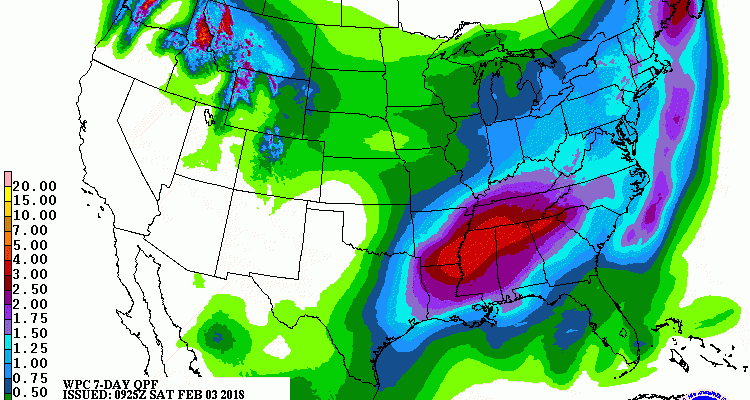
The latest 7-day QPF map shows that most parts of the Southeast will receive at least normal rain for the next week. For southern parts of the region, most of what you get will happen in the next three days, with drier conditions after that. For northern parts of the region, rain will continue to…
Posted in: Climate outlooks -
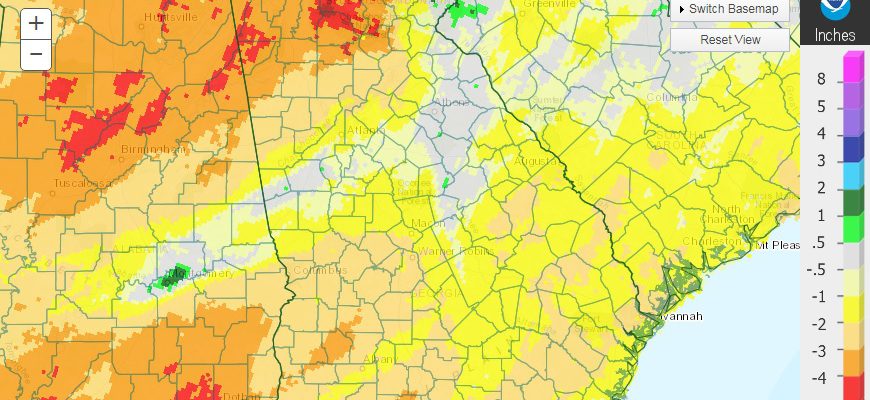
Chilly temperatures enveloped Georgia in January 2018, with most stations reporting between two and four degrees F below normal. A big change from last year when many locations were about 9-10 degrees above normal! In fact, nearly all of the eastern half of the US was well below normal this year, with very warm conditions…
Posted in: Climate summaries -
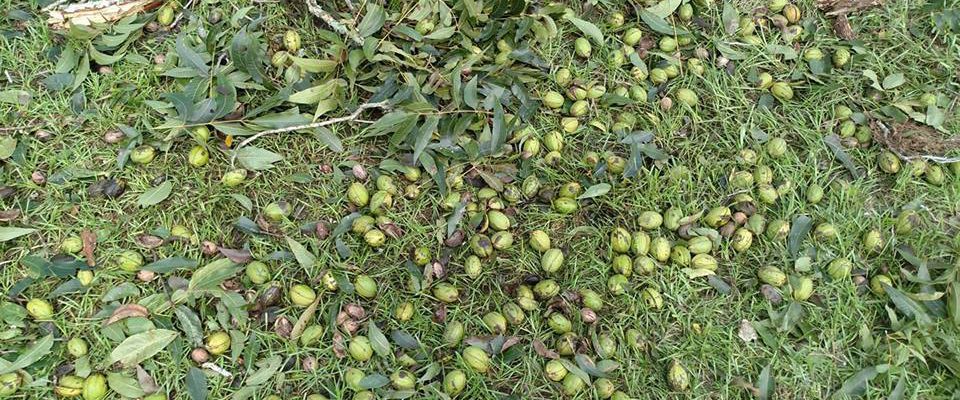
The Georgia Farm Monitor has an interesting 3-minute video on continuing clean-up activities of Georgia pecan farmers following the devastation from Hurricane Irma, which not only blew down many nuts but also uprooted trees and damaged equipment. Supplies of replacement trees are also limited due to the high demand. You can view it at https://www.youtube.com/watch?v=5CbIQLYfDGQ&feature=em-subs_digest. …